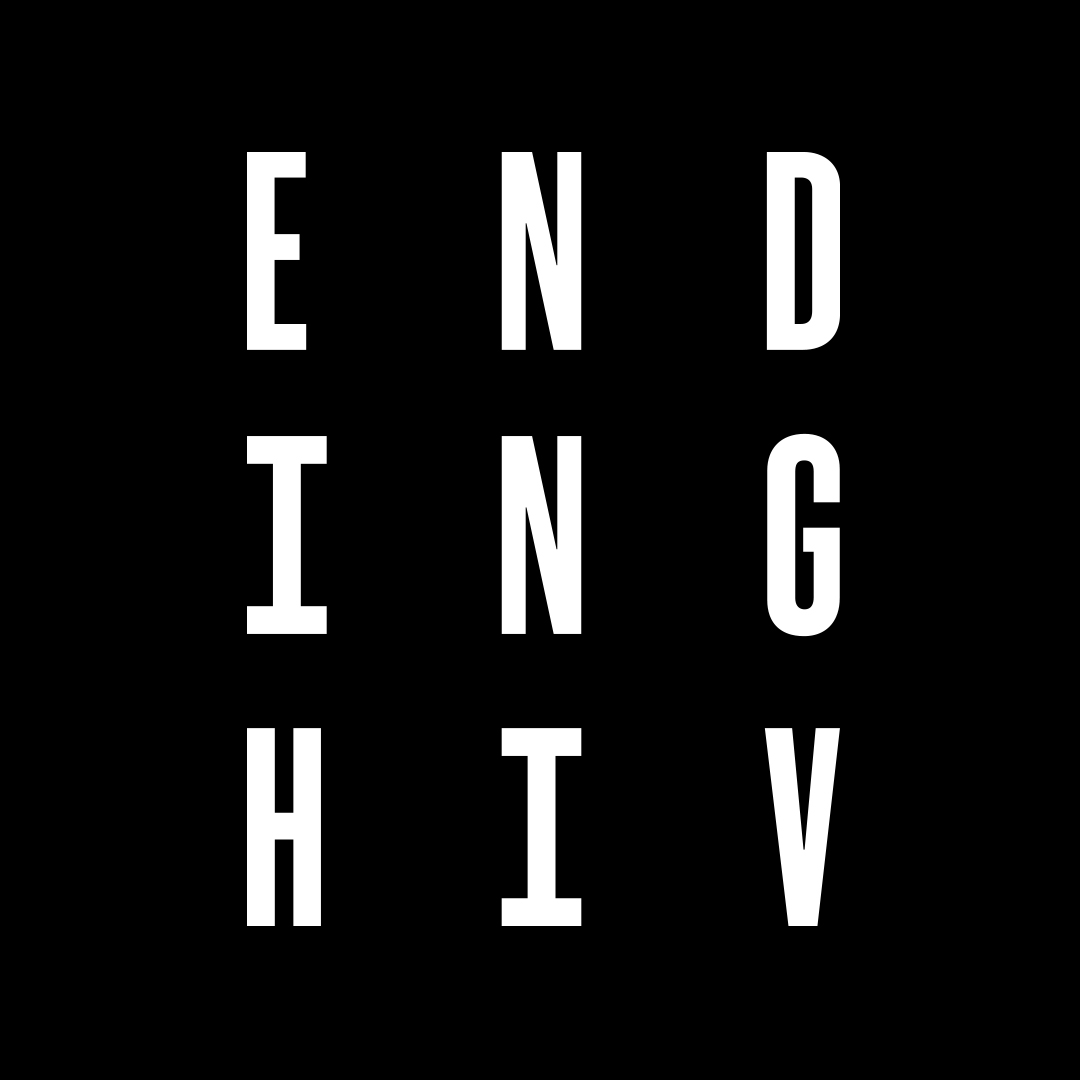HIV by numbers 2022
Almost 40 years after the discovery of HIV – the virus that would go on to impact millions of people worldwide – this World AIDS Day (December 1), we take a look at HIV by the numbers.
Here are some statistics, dates and figures from across the world and locally that tell the story of HIV today.
84,200,000 – the lifetime number of HIV diagnoses globally
Across the globe, there has been an estimated 84.2 million HIV diagnoses since the start of the epidemic. This figure reflects the immense impact that HIV has had on our global community, and that our resolve must be to continue to prevent every new diagnosis possible.
40,100,000 – the number of lives lost to AIDS-related illnesses around the globe
Globally, an estimated 40.1 million people have died from an AIDS-related illness since the start of the epidemic. This is a sobering number, and while we have virtually eliminated AIDS-related illness deaths in NSW, many countries are still fighting to get HIV treatment to those who need it most.
38,400,000 – the number of people living with HIV worldwide today
Approximately 38.4 million people worldwide are living with HIV. Equitable access to HIV treatment for all is a reality yet to be achieved but something we must strive for.
28,700,000 – the number of people living with HIV on treatment, globally
In 2021, there were 28.7 million people receiving HIV treatment, worldwide. This equates to a global average of about 75% of HIV positive people receiving treatment and represents a promising increase when compared with statistics over the past couple of years.
1,500,000 – people diagnosed with HIV around the globe in 2021
Around the globe, 1.5 million people were diagnosed with HIV in 2021. Testing is crucial to connecting people to medical care while also reducing the onward transmission of HIV.
650,000 – the global number of people who died from AIDS-related illnesses in 2021
In 2021, 650,000 people died from AIDS-related illnesses worldwide. Despite advancements in combatting HIV, people are still dying from AIDS today, reminding us that more needs to be done to ensure all people living with HIV receive the life-saving treatments they need.
541,800 – the number of HIV tests taken in clinical settings in NSW in 2021
In NSW, 541,800 HIV serology tests were performed in 15 laboratories in NSW in 2021. While testing figures were impacted by the COVID-19 pandemic, we continue to see a strong culture of testing which is a testament to the efforts of the community and healthcare providers.
51,898 – the number of PrEP users in NSW
Between April 2018 (when PrEP was made available in NSW) and June 2021, 51,898 people were dispensed PrEP (pre-exposure prophylaxis) through the Pharmaceutical Benefits Scheme in NSW. PrEP is a highly effective strategy for HIV negative people to prevent acquiring HIV.
29,460 – the estimated number of people in Australia living with HIV
There is an estimated 29,460 people living with HIV in Australia. Increasing testing is key to linking people who may be HIV positive but unaware of it into care and to preventing onward transmission.
1996 – the year the first combination drug therapy to treat HIV became available
1996 was the year the first combination drug therapy first became available. Combination therapy is still the standard of treatment today. Read all about the benefits of starting treatment.
1985 – the year the first commercial HIV blood test became available.
In 1985 the first commercial HIV blood test became available, paving the way for modern-day testing.
1981 – the year the first official reporting is made of what would become known as AIDS
The first official report of what would become known as AIDS was made in 1981. Published by the US health body the CDC, the report described ‘Pneumocystis pneumonia’ in previously healthy, gay men.
178 – the number of new diagnoses in NSW in 2021
In 2021, there were 178 new HIV diagnoses in NSW. Of the 178, 135 people diagnosed were men who have sex with men (or 76%), reminding us of the importance of HIV prevention interventions targeted towards this community
95 – the percentage of people living with HIV in Australia with an undetectable viral load
Across Australia, 95% of those living with HIV are on treatment and have an undetectable viral load. Undetectable viral load not only improves a HIV positive person’s overall health, but it also means they cannot transmit HIV to their partners.
4 – effective ways to prevent transmission: condoms, PrEP, PEP and undetectable viral load
There are four highly effective ways you can prevent HIV transmission – using condoms, PrEP, PEP (post-exposure prophylaxis) and undetectable viral load, or a combination. Learn all about how to stay safe using these options.
0 – the number for new transmissions we are striving towards
Together, we can get to zero and end HIV transmission for all.
